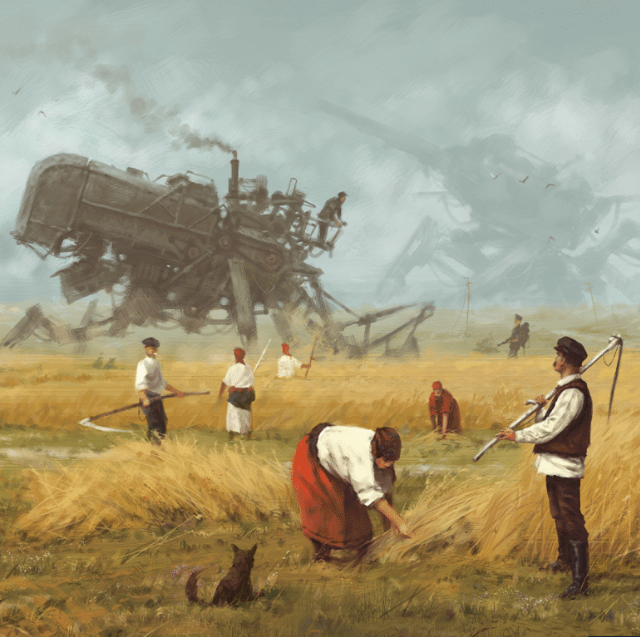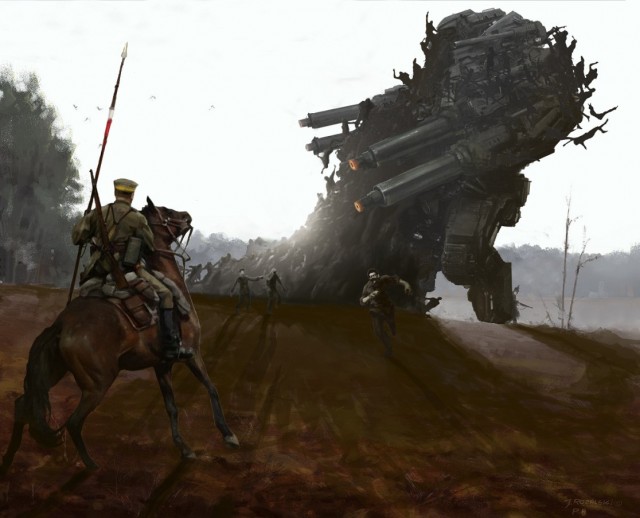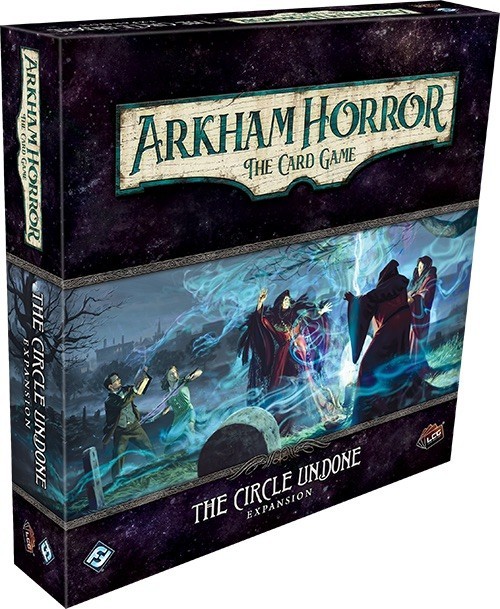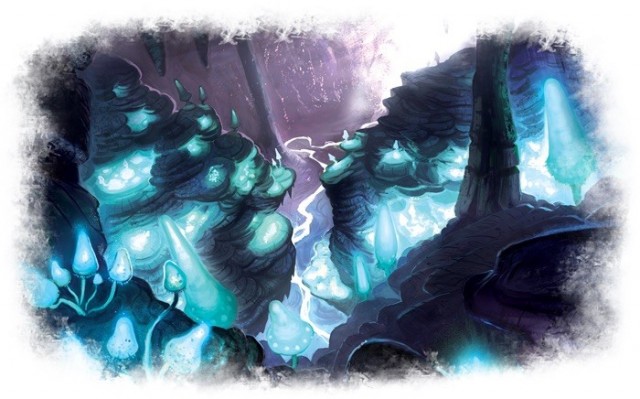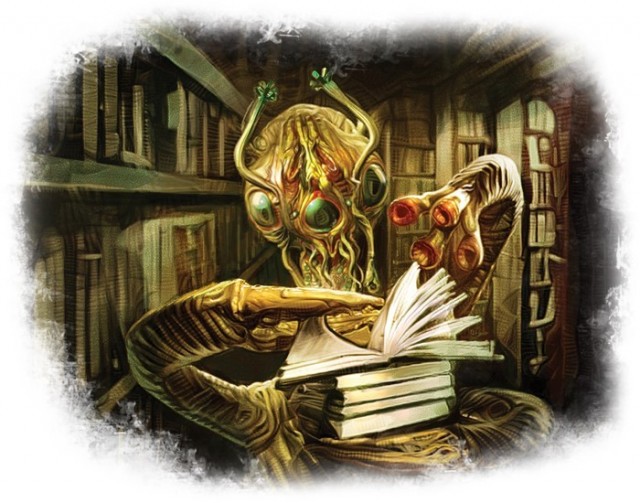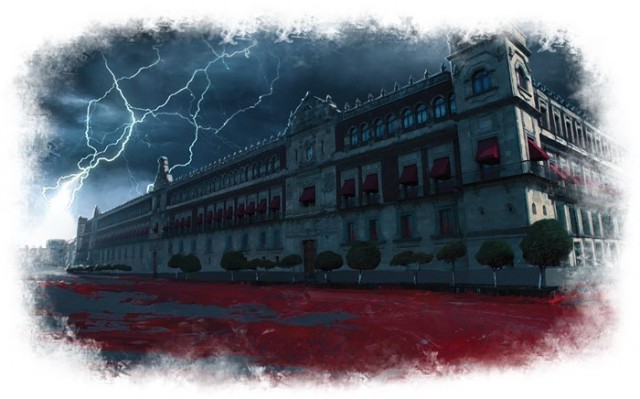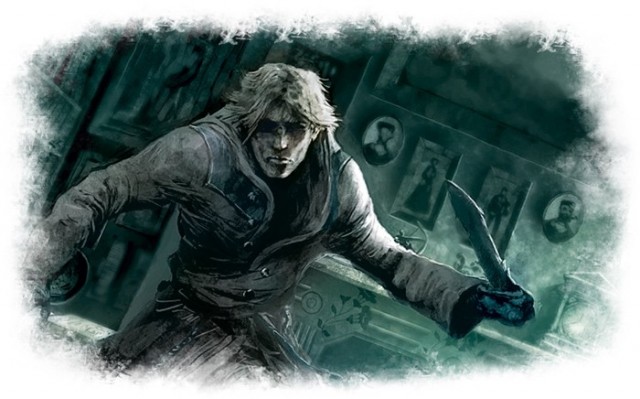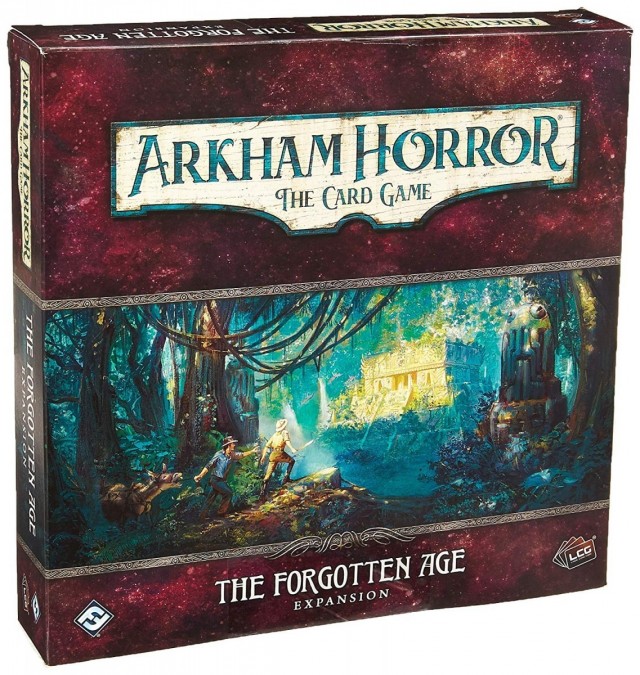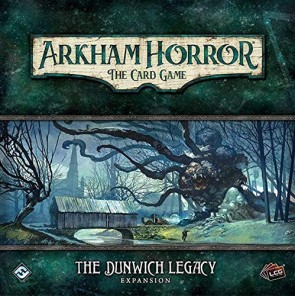This is the first of a series of articles looking at the individual scenarios of Arkham Horror The Card Game, starting with the Dunwich Legacy expansion. These are my impressions after playing through the scenario at least once and will be focusing on the mechanics and how those reinforce the story elements of a given scenario. These articles will contain extensive spoilers and assume a familiarity with the terms and mechanics of the game. Please do not read on if you have not played the scenario in the title yet.
If this is your first contact with the Arkham Horror LCG I would recommend starting off with this beginner's guide on my site.
Still here? Excellent let’s go.
The Setup
The Dunwich legacy kicks off with your old friend Professor Armitage asking you to investigate the disappearance of two of his colleagues. Professor Warren Rice was last seen in the humanities department of Miskatonic University and Dr. Francis Morgan is a gambler last seen at the Clover Club speakeasy downtown.
The first clever bit begins before you even start your game with these scenarios. You can do these scenarios in either order and the order will change how each scenario plays out. In the case of doing Extra- Curricular activity first you use the ‘Faculty office -The Night is Still Young’ card. That can’t be good. I’ll cover the difference that makes later but for now let’s go to school!
So it begins
Starting at the Quad you have a choice of places to head to: Library, Humanities Building, Science building, Administration building and the Student Union. Your Agenda will tick over at 7 doom and your act at 3 clues per Investigator. Both push you towards finding the professor and remind you that he was last seen at the Humanities Building. There are lots of nice little touches to the locations as you move around: the Library is harder to investigate, the Science Building is full of dangerous things that can hurt you. Subtle mechanics that reinforce the flavour of the location, excellent work.

Once you’ve nosed about a bit, it becomes clear that there are more buildings to search: the Science Building, Student Union and Humanities Building revealing an Alchemy Lab, Dormitory and Faculty Office attached to each respectively. However, you can’t get into these secondary locations, as each one tells you you cannot enter it: “The door leading into the (location name) is locked. You cannot move into the (location name). The resolution of the first act has the students telling you to seek out Jazz, the Janitor, who has keys. You shuffle this gentleman into the encounter deck along with all the encounter cards discarded so far.

Act 2 gives you the ability to spend a clue and discard encounter cards and Jazz has a revelation ability that fires if he gets discarded, popping into play to be brought into your team. This is a fantastic little mechanic and really feels like you are frantically searching for the guy as the Agenda ticks up! (Hint: he is always at the bottom of the deck!) Once you have him alongside you ‘Ignore the text on each unrevealed Miskatonic location’ meaning that those locations that were locked earlier, are now accessible! Lovely flavour from a very simple idea.
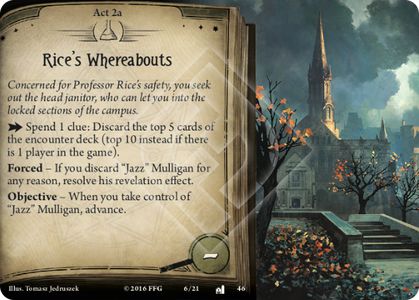
By the time you have found Jazz it’s likely that there has been a commotion from the Science buildings and ‘something’ is on the loose terrorising the campus. This big hulking monster called‘The Experiment’ is on the loose and you have limited time as it makes it’s way towards where all the delicious students are hiding.

The order you have done the scenarios in also affects the way the Agenda deck advances. If you are doing Extra-Curricular Activity first, then you advance to Agenda 2 as normal. However if you have visited the Clover Club first then you go straight to Agenda 2b which is the back of Agenda 2, something I hadn’t realised at first. This means that you shoot through 2 Agendas at once and move straight to Agenda 3! This gives a great feeling of time passing for the world you are in, making it feel like a living, breathing story.
Once you have Jazz, Act 2 advances and the Alchemy labs reveals itself if it had not done so already and the Experiment makes himself known if not already out and about thinking about tasty student kibble. As for Agenda 2, the order you have done things in matters here, with an extra piece of assistance in the form of an‘Alchemical Concoction’ appearing in the labs if you have been to the Clover Club first. This can be used to hurt ‘The Experiment’ if you can sneak past it and grab it!

The movement of ‘The Experiment’ is nicely represented by the mechanics on the Agenda 3 card, shambling it’s way one location towards the Dormitories whenever the doom on the Agenda hits 2 and then advancing the Agenda if it ever enters the Dormitories. A nicely represented, lumbering horror!
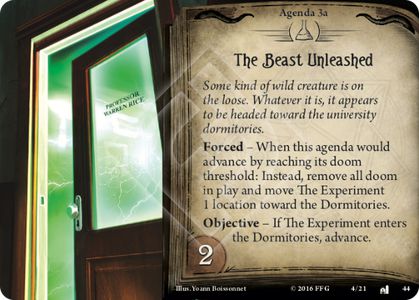
The final Act instructs you to achieve an objective on one of the other cards in play, but what could this mean? Heading to the locked buildings you find two objectives: one on the Faculty offices, if the Night is Young, and one on the Dormitories both of which will give you a resolution. You could try and tackle the beast as well and all three give a different outcome. However the important thing here is, and I am so glad they are doing this sort of storytelling, is you can’t do it all. You have to make a choice and there will be consequences. Great stuff.
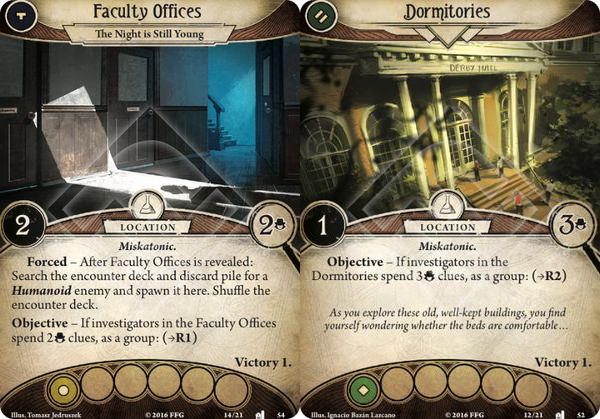
On top of this difficult choice, that you don’t really realise is difficult until the Resolution is reached, you will find yourself with only one real choice if you headed to find the degenerate gambler professor first. If ‘The Hour is Late’ version of the Faculty Offices is in play then you are simply too late to help Professor Rice and you will have to see if you can help out those poor students instead (you could just run away and leave them to their fate!).
I find these ‘point of no return’ design choices really interesting as in a lot of computer games I find them kind of annoying, if inevitable if the designer is trying to tell a story. However I rarely play computer games like that more than once whereas here it won’t take long to play through the scenario again to try a different path. Baked in replayability like this is one of the reasons I have come to really admire this design!
Strange Encounters
I thought with each of these breakdowns I would look at the Encounter deck separately. There is a lot of room to play with the possible encounters in a scenario and Dunwich shows straight out of the gate how much they are willing to change things up.
Throughout the core set the designers didn’t really play with the encounter deck very much, with the horrors inside being the sort of thing you might expect from dabbling in strange cults and things that go bump in the night. With Dunwich they have really rolled out the red carpet and shown how clever they can be.
When I first started playing this scenario we got hit by a couple of cards that ‘milled’, or discarded, cards from our player decks. Not so bad I thought. When we turned over the first Agenda we found we took some horror depending on the number of cards we had discarded, but we could take it!
However, as the scenario progressed we saw the ‘Beyond the Veil‘ card and suddenly it dawned on us just how devastating this could get. Sure there were some monsters to deal with but the real harm came from losing all our useful cards and having the threat of exploding when we ran out of cards. Most characters will not be in a situation to be able to suck up 10 damage at once, so this puts a real feeling of a timer on the game, on top of the already ticking Doom counter. Nicely done gents.

On top of the new encounter sets used in this scenario I was heartened to see them reusing the core sets as well, showing a willingness to mix and match different sets to create a unique encounter. I look forward to them really playing with this as the game expands, thought it might mean an individual scenario becomes a little hard to setup as you have to search through for the various sets that make it up.
There we have it, my first behind the scenes look at the scenarios of Arkham Horror. I remain incredibly impressed by the design team on this one, they are showing a real elegance in their choices that I don’t often see from FFG. Long may it continue.
 Games
Games How to resolve AdBlock issue?
How to resolve AdBlock issue? 